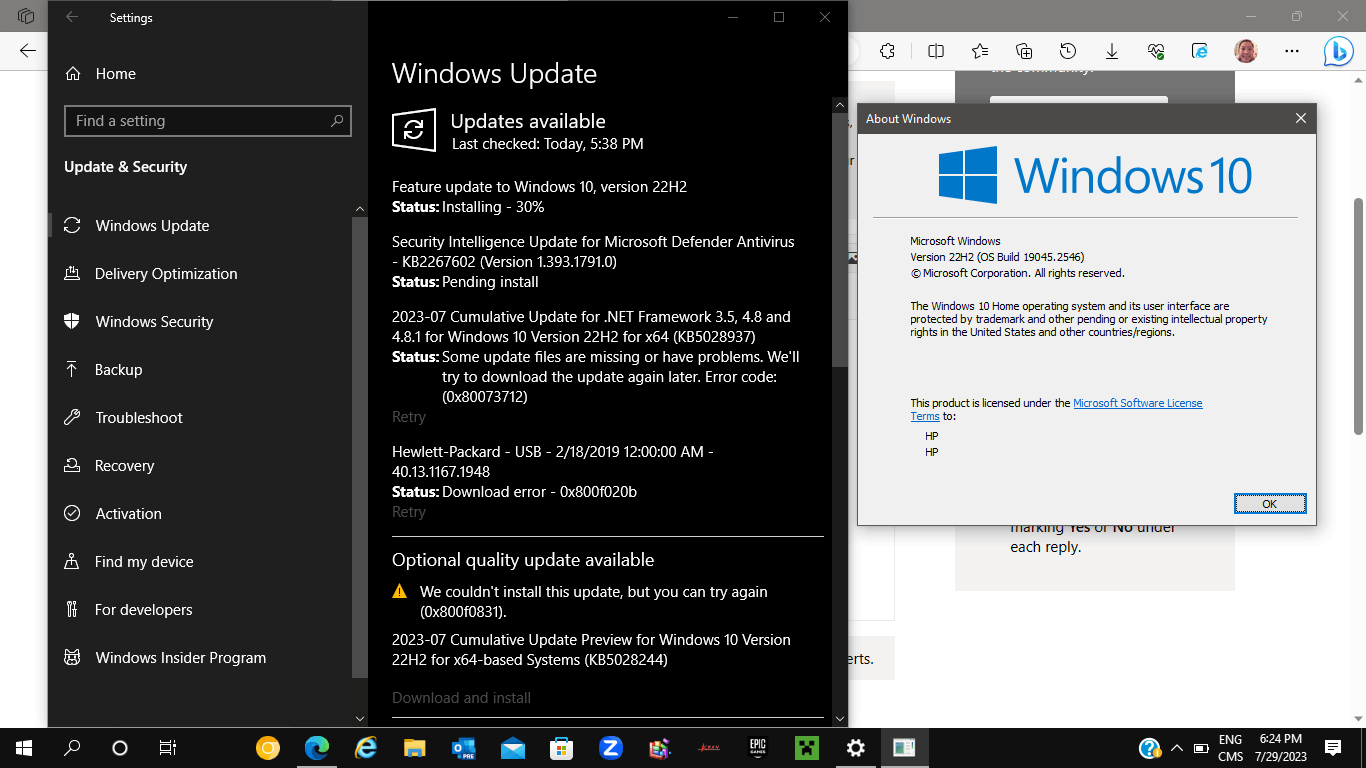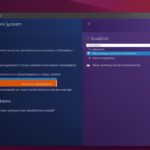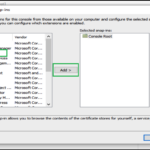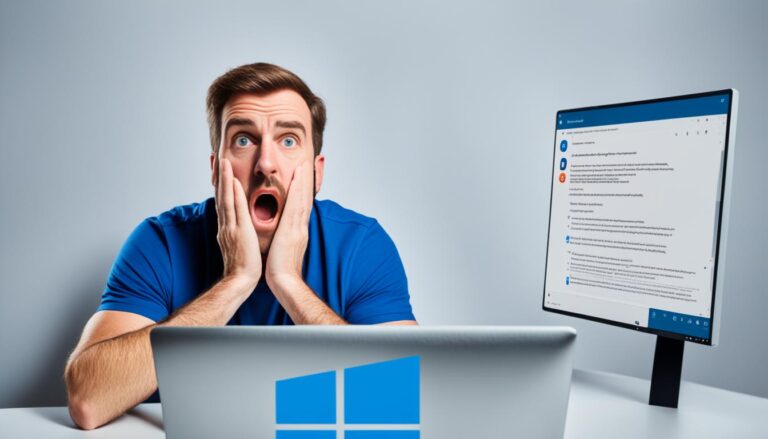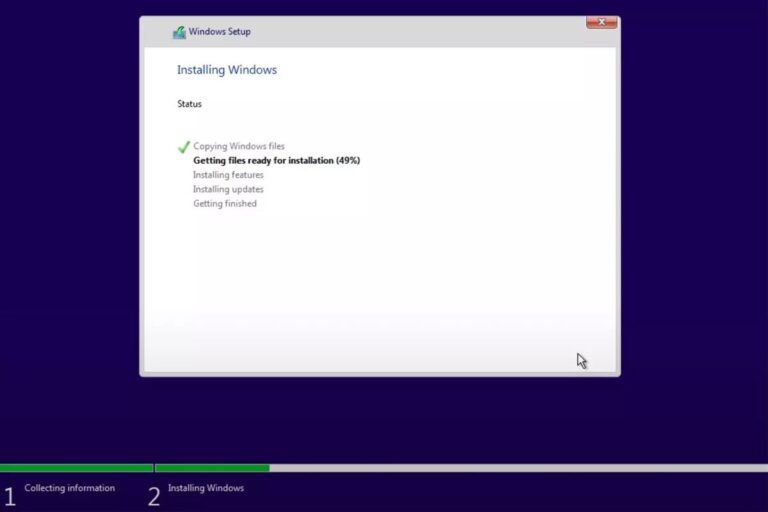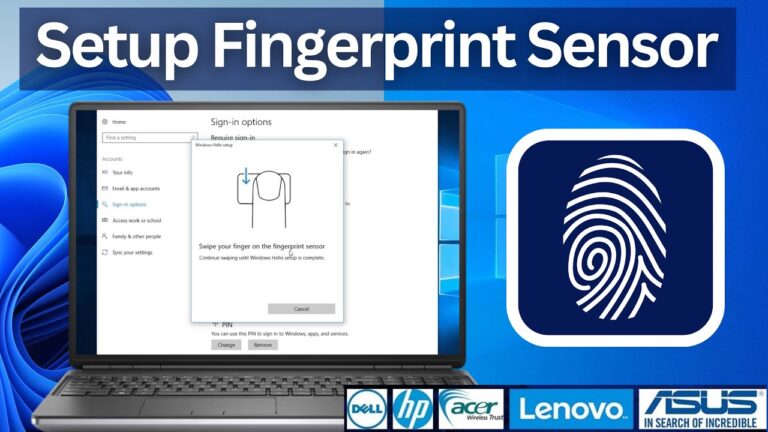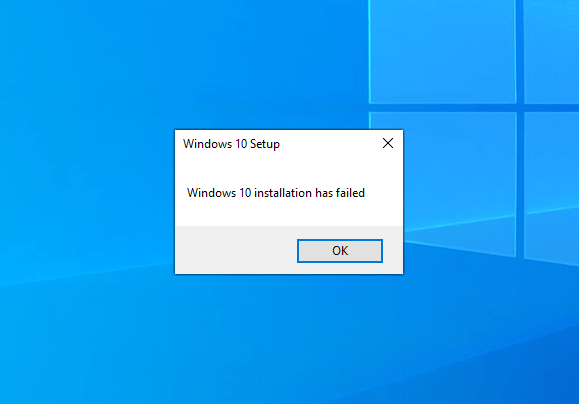If you’re struggling with Windows 10 version 22H2 updating over and over, don’t worry. This can lead to lost data and annoyance. But, there are ways to fix it. Following the advice in this article will help you stop these updates. It ensures your Windows 10 device works smoothly.
Windows 10 version 22H2 has many new features and improvements. Yet, constant updates can be a pain. They interrupt your work and can affect how much you get done. To avoid this and enjoy using your device, it’s important to find out why updates keep happening. Then, you can solve the problem.
We’ll look into why Windows 10 version 22H2 keeps installing the same updates. And we’ll give you steps to fix this issue. Whether it’s using the Windows Updates Troubleshooter, clearing the Software Distribution folder, removing troublesome updates, or manually installing updates, we’ve got you covered.
Our detailed guide will stop the endless updates. You’ll finally have a smoother experience with your Windows 10 device. Keep reading to fix your Windows 10 version 22H2 updates once and for all.
Reasons for Windows 10 Version 22H2 Keeps Installing the Same Updates
Updates on Windows 10 version 22H2 often reinstall due to failures or incomplete installs. When updates don’t install properly or go missing, the system tries to install them again. This leads to a loop of the same updates being installed over and over.
“Update failures and partial installations often cause Windows 10 version 22H2 to reinstall updates,” says Sarah Thompson, a tech expert at XYZ Tech Solutions. “An error during installation can make the system unstable, prompting Windows to try the installation again.”
This loop can be frustrating and disrupt your work. It can also lead to data loss if important files are overwritten. To stop this from happening, it’s key to find and fix the reasons behind the failed and partial updates.
Next, let’s look at how to fix these repeated update installations on Windows 10 version 22H2.
Windows 10 Update Cycle
The Windows 10 update cycle shows why repeated installations happen. Windows 10 has a schedule for updates, bringing bug fixes, security patches, and new features every month. But if an update fails to install or if files are missing, the system sees the update as incomplete and tries to install it again.
This results in a loop, where the system keeps finding the update as missing and tries to reinstall it.
Consequences of Repeated Installations
Despite Windows 10’s efforts to install updates properly, this loop of repeated installations can cause problems:
- It disrupts your work: You may have to restart your system many times, which lowers your productivity.
- There’s a risk of losing important data: Updating might overwrite files and settings.
- Your system could become unstable: Failed or incomplete updates might cause performance issues and software conflicts.
By understanding why repeated installations happen, you can take steps to fix the problem and keep your Windows 10 running smoothly.
| Common Causes of Update Failures and Partial Installations | Possible Solutions |
|---|---|
| Interrupted internet connection during update download | Make sure your internet is stable and try updating again. |
| Not enough disk space for the update to install | Clear up disk space by deleting unnecessary files or upgrading your storage. |
| Issues with antivirus or security software | Turn off your antivirus software temporarily during the update. |
| System files are corrupted or update components are damaged | Use the Windows Update Troubleshooter or other tools to fix the system files and update issues. |
Addressing these common issues can help fix the update failures and incomplete installations that cause repeated updates on Windows 10 version 22H2.
Troubleshooting Method 1 – Windows Updates Troubleshooter
Experiencing the headache of Windows 10 version 22H2 re-installing the same updates? There’s a fix. The Windows Updates Troubleshooter can help you solve this and get your device running smoothly. It identifies and fixes the root causes of these repeated installations.
The Windows Updates Troubleshooter scans for Windows update issues and fixes them automatically. It tackles problems that stop updates from installing correctly. This means you won’t have to troubleshoot manually, saving you time and effort.
To use the Windows Updates Troubleshooter:
- Go to the Start menu and search for Control Panel.
- Open the Control Panel and go to System and Security.
- Select Windows Updates.
- Click on Windows Updates Troubleshooter.
- Follow the on-screen instructions to run the troubleshooter and fix any issues.
The Windows Updates Troubleshooter is a great tool to avoid frustration with Windows updates. It quickly resolves issues causing repeated updates, ensuring your Windows 10 version 22H2 device works well.
Example:
Imagine you keep seeing the same Windows update on your device. The Windows Updates Troubleshooter can find and fix this problem fast. It might find a failed update and correct it.
After using the troubleshooter, remember to check for more updates manually. Ensure you install all necessary updates correctly by going to Windows Updates in Control Panel and pressing ‘check for updates’.
| Benefits | Drawbacks |
|---|---|
| Automatically finds and fixes update issues | May not solve every update problem |
| Reduces manual troubleshooting time and effort | Success depends on the troubleshooter’s accuracy |
| Easy-to-use interface | Needs admin rights to run |
Troubleshooting Method 2 – Deleting the Software Distribution Folder
If you’re having trouble with constant update installs on your Windows 10 version 22H2, there’s a fix. It involves deleting the Software Distribution folder. This folder stores Windows update files. But, it can cause issues if updates don’t install properly.
To sort this out, here are the steps you need to follow:
- Press the Windows key + R to open the Run dialog box.
- Type “services.msc” in the box and hit Enter.
- In the Services window, scroll down and find “Windows Update“.
- Right-click on “Windows Update” and pick Stop from the menu.
- Open File Explorer with the Windows key + E.
- Go to “C:\Windows\SoftwareDistribution” in File Explorer.
- Delete all files and folders inside the Software Distribution folder.
- After that, head back to the Services window.
- Right-click “Windows Update” again and click Start.
Deleting the Software Distribution folder and rebooting the Windows Update service fixes problems. It removes bad or half-done updates. Now, Windows can properly download and set up updates, stopping the loop of installs on your Windows 10 version 22H2.
Remember, clearing the Software Distribution folder deletes all downloaded Windows updates. But don’t worry, Windows will set up a new Software Distribution folder when it looks for updates next time.
This method smooths out the update process on your Windows 10 device.
Benefits of Deleting the Software Distribution Folder
Getting rid of the Software Distribution folder has its perks:
- It gets to the bottom of update issues that cause constant re-installs.
- It wipes out updates that didn’t install the right way.
- It makes a clean space for storing new updates.
- And it helps your Windows 10 version 22H2 run better and more stable.
By following the outlined steps and clearing out the Software Distribution folder, your Windows 10 machine will handle updates much better.
Troubleshooting Method 3 – Uninstalling Problematic Updates
If your Windows 10 version 22H2 keeps installing updates over and over, some updates might be the problem. You can get rid of these troublemaking updates. Doing this stops the endless cycle of updates.
To start, go to the ‘Programs and Features’ area in the Control Panel. Here’s how:
- Press the Windows key + R to open the Run box.
- Enter control panel and press Enter.
- In the Control Panel, find and click on Programs or Programs and Features.
- Then, select Installed Updates or View installed updates. You’ll see all your system’s updates here.
- Look through the list to spot updates causing issues. They might have similar names or numbers.
- After finding them, choose these updates and press Uninstall. Follow what your screen tells you to remove them.
Once you’ve removed the updates, restart your PC. This should fix the endless update loop on Windows 10 version 22H2.
| Benefits of Uninstalling Problematic Updates | Considerations |
|---|---|
| Stops the cycle of repeated installations | Remember which updates you removed for future reference |
| Solves update problems that could make your system unstable | Watch out for possible issues with other software or hardware |
| Makes your system more reliable and run better | Check for new updates regularly to keep your system safe and improved |
Uninstalling Problematic Updates – Best Practices
Be careful when removing updates, as they often have essential security fixes. Make sure an update is truly causing problems before you delete it. Sometimes, updates need to work with other system parts. If unsure, it’s safer to get help from Microsoft support or a tech expert.
By doing what we’ve explained, you can solve the problem with repeated updates on Windows 10 version 22H2. Be sure only to remove updates linked directly to the issue. This way, you tackle the problem at its root and avoid unnecessary hassle.
Troubleshooting Method 4 – Manually Installing Updates from Windows Update Catalog
In some situations, fixing repeated installations on Windows 10 version 22H2 requires manually installing updates. You can find and download problematic updates directly from the Windows Update Catalog website. By doing this, you make sure updates install correctly, solving any issues.
- Start by visiting the Windows Update Catalog website.
- Use the search bar to look for updates. You can search with the KB number or update description.
- Find the update you need, then hit the “Download” button next to it.
- Pick the right version of the update for your system (32-bit or 64-bit).
- Save the update file somewhere you can easily find it on your computer.
- After downloading, go to the saved file and double-click it to start installing.
- Follow the instructions on your screen to finish the update. Restart your computer if needed.
With manual updates from the Windows Update Catalog, you control which updates go on your Windows 10 version 22H2 system. This way, you avoid automatic updates and make sure your device gets the right updates. It helps stop repeated installations, boosting your device’s stability and performance.
Sample Table – Manually Installed Windows 10 Version 22H2 Updates
| KB Number | Title | Date Installed |
|---|---|---|
| KB1234567 | Security Update for Windows 10 | 15th October 2022 |
| KB9876543 | Cumulative Update for Windows 10 | 21st September 2022 |
| KB7890123 | Quality Update for Windows 10 | 5th August 2022 |
The table above shows updates manually installed for Windows 10 version 22H2. Keeping a record of your manual updates helps in solving future update problems. It also ensures your system stays updated.
Conclusion
It can be really annoying when Windows 10 version 22H2 keeps installing the same updates. This can interrupt your work. But, by using the troubleshooting methods in this article, you can fix this problem. You can have a better experience using your computer. These methods include the Windows Updates Troubleshooter, deleting the Software Distribution folder, and more.
Always update your Windows 10 device to get the newest features and security. By fixing update problems early and following these steps, your system will run better. So, don’t let update issues slow you down. Take charge of your Windows 10 version 22H2 updates and enjoy using your computer without hassle.
FAQ
What is causing the repeated installations of updates on Windows 10 version 22H2?
Update failures or partial installations often cause these repeated installations. This happens when updates are not correctly installed or the system thinks they are missing.
How can I fix the issue of Windows 10 version 22H2 repeatedly installing the same updates?
You can fix this issue in several ways. Try the Windows Updates Troubleshooter or delete the Software Distribution folder. You may also uninstall problematic updates or manually install them from the Windows Update Catalog.
How does the Windows Updates Troubleshooter help resolve the issue?
The Troubleshooter looks for update problems and fixes them automatically. This helps solve what’s causing the repeated installations.
What does deleting the Software Distribution folder do?
Deleting this folder fixes issues with corrupted or partially installed updates. It removes the problematic files, allowing Windows to properly download and install updates.
How can I uninstall problematic updates?
To uninstall, go to the ‘Programs and Features’ in the Control Panel. Here, you can find and remove the updates causing issues.
How does manually installing updates from the Windows Update Catalog help?
Manually installing from the Update Catalog lets you download and install specific updates. This ensures updates are correctly installed, fixing the repetition issue.
What should I do to overcome the issue of repeated installations on Windows 10 version 22H2?
To stop the repeated installations, use the suggested methods. Use the Troubleshooter, delete the Software Distribution folder, uninstall updates, or manually install them. This will make your Windows 10 version 22H2 run smoother.
